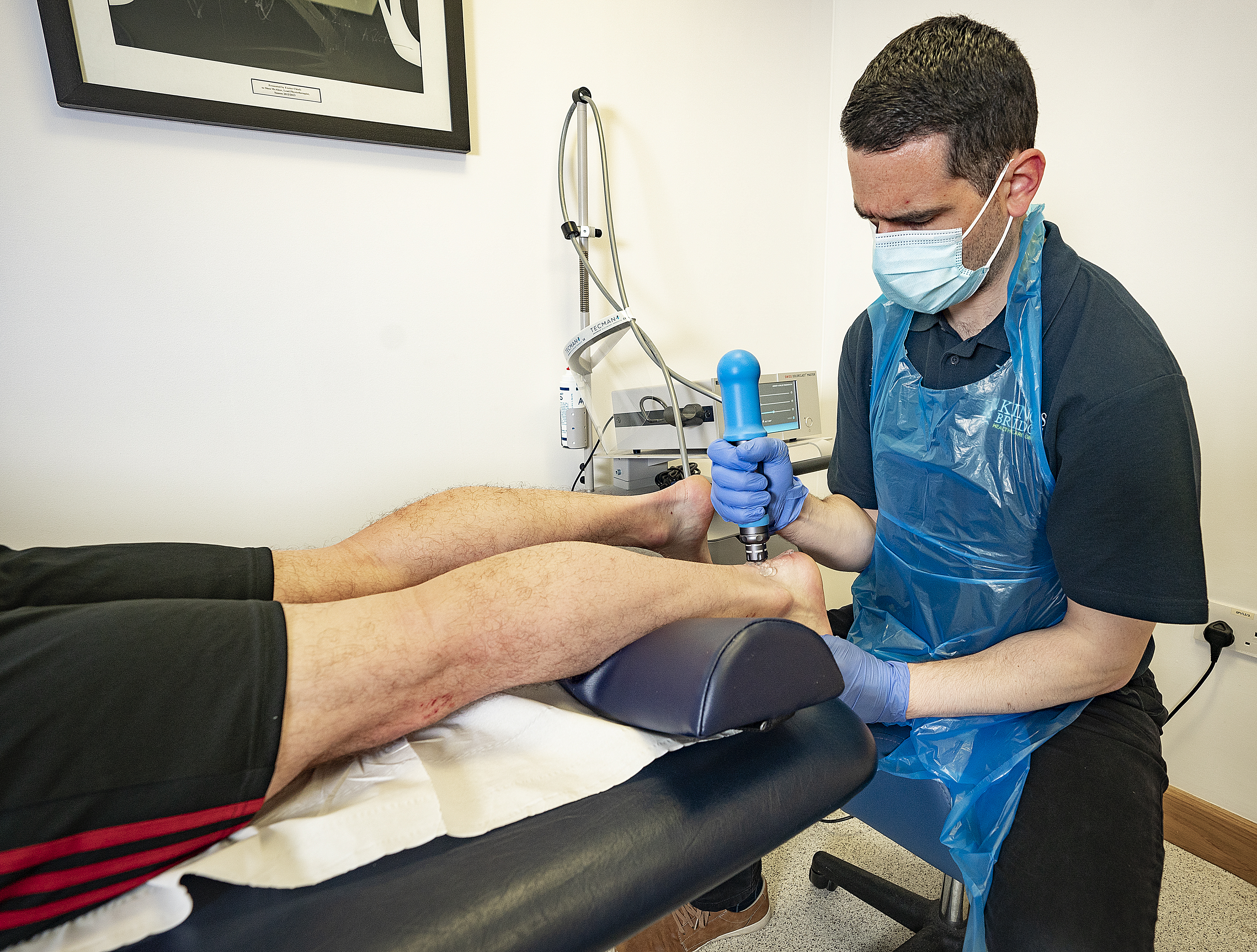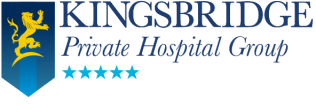Minimising Pain & Maximising Your Potential With Shockwave Therapy
08th, Sep 2022

At Kingsbridge Physiotherapy & Sports Injury Clinic we can provide a wide variety of treatments and services to help get you back to feeling at your best. We are delighted to be able to offer Shockwave Therapy, a safe and non invasive treatment option for pain relief. Our Physiotherapist Aoife McKeever tells us more about Shockwave Therapy, what it is, how it works and what it can treat. Keep reading to find out more.
What is Shockwave Therapy?
Shockwave therapy is a modern and highly effective treatment option in orthopaedic and rehabilitation medicine. The term shockwave refers to mechanical pressure pulses that expand as a wave in the body. In modern pain therapy, shockwave energy is conducted from the point of origin to the painful body regions, where it applies its healing capacities.
The easiest way to think of the energy created by a Shockwave machine is to imagine a Jacuzzi, as the bubbles are generated outside of the body, the energy of the jets is focused on a certain area and the effect can be felt below the surface of your skin. The stronger the jet, the deeper the effect. Similarly, the more focused the jet, the more targeted the impact.
How does Shockwave work?
The application of shock waves is slightly painful and causes an acceptable but usually not negligible discomfort.
Usually the treatment is split into several sessions (1–6) with a time interval of a few days or weeks.
As a mechanism of pain relief by extracorporeal shock wave treatment several theories are discussed.
- Shock waves stimulate the nociceptors to fire high-frequent nerve impulses (hyperstimulation). Propagation of nerve impulses is blocked according to the gate-control theory.
- Shock waves distort parts of or the total cell membrane. The nociceptors cannot build up a generator potential; thus pain sensation is avoided.
- Shock waves change the chemical environment of the cell membranes by generating free radicals, which in turn result in pain-inhibiting chemicals in the vicinity of the cells.
Recent publications claim revascularization stimulated by shock waves to be the basic mechanism of pain relief and tissue healing.
What are the Benefits of Shockwave Therapy?
Releases More Substance P
One of these messenger substances is substance P, a pain mediator and growth factor. On the one hand, the release of substance P by shockwaves has an analgesic effect. On the other, it dilates the blood vessels, stimulates blood circulation and contributes to the formation of new bone tissue. NO (nitric oxide) also has a vasodilatory effect and plays an important role in angiogenesis.
In short, when applied where pain occurs, we know why shockwaves produce an analgesic effect- increases blood circulation and facilitate the repair process.
Inhibits The Cox Ii Enzyme
By inhibiting inflammatory mediators (such as COX II), shockwaves produce an anti-inflammatory effect. This weakens any inflammatory process.
Activates Cellular Defences
By contributing to the release of free radicals, shockwaves help strengthen the body's endogenous cellular defence mechanisms to protect it from disease.
Hyperstimulates Nerve Fibres
Scientific studies also show that shockwaves act in another way. Overstimulating the nerve fibres blocks an increase in pain stimuli and therefore intensifies the analgesic effect (Gate Control Theory).
Simplified Benefits
- Produces a pain relief effect by increasing blood circulation and facilitating the repair process
- Weakens the inflammatory response
- Helps strengthen the body’s defence mechanism
Contraindications for Shockwave Therapy? (when you can’t have it)
- If you are pregnant
- If you have a blood clotting disorder (including thrombosis)
- If you are taking oral anti-coagulants
- If you have received a Steroid injection within 6 weeks
- If you have a Pacemaker fitted
- If tumours are present at the treatment site
- If you have an infection or skin abrasion at the treatment site
- If you are Under 18 (except in the treatment of Osgood-Schlatter disease)
What disorders can be treated?
- Neck pain - myofascial pain syndrome
- Shoulder - calcifying tendintis of the shoulder, SAPS
- Back pain - myofascial pain syndromes, idiopathic LBP and pseudo radicular syndromes
- Elbow pain - lateral and medial epicondylitis
- Hand pain - Dupuytren’s, de Quervain’s, trigger finger, carpal tunnel
- Hip pain - GTPS
- Hamstring Pain - insertional tendinopathy
- Knee pain - OA, patella tip syndrome
- Osgood - Schlatter Disease
- Achilles Tendinopathy - mid portion and insertional
- Heel pain - plantar fasciopathy (plantarfascitis)
Our video below gives an overview of the services and treatments offered at Kingsbridge Physiotherapy Clinic
If you are experiencing pain and would like to speak to one of our specialist Physiotherapists, please email physio@kingsbridgehealthcaregroup.com or you can fill out our Online Enquiry Form
Recent Articles

